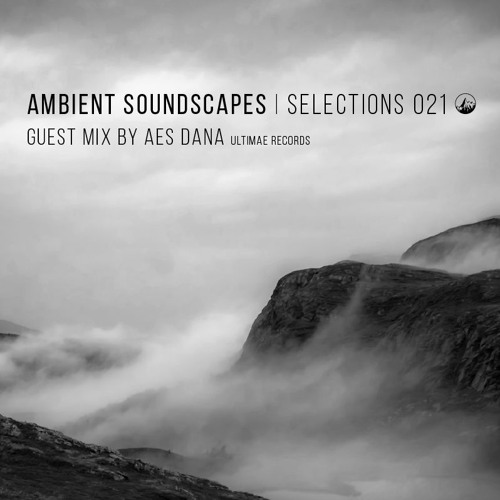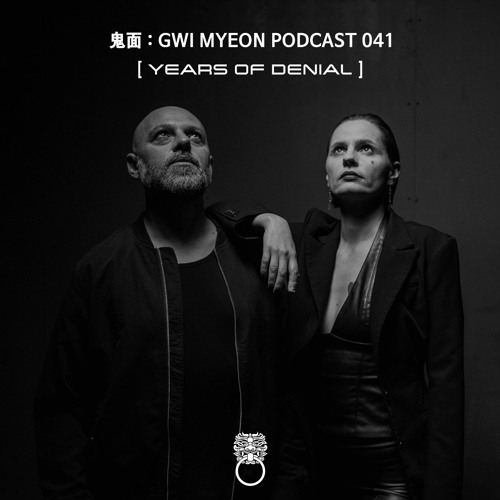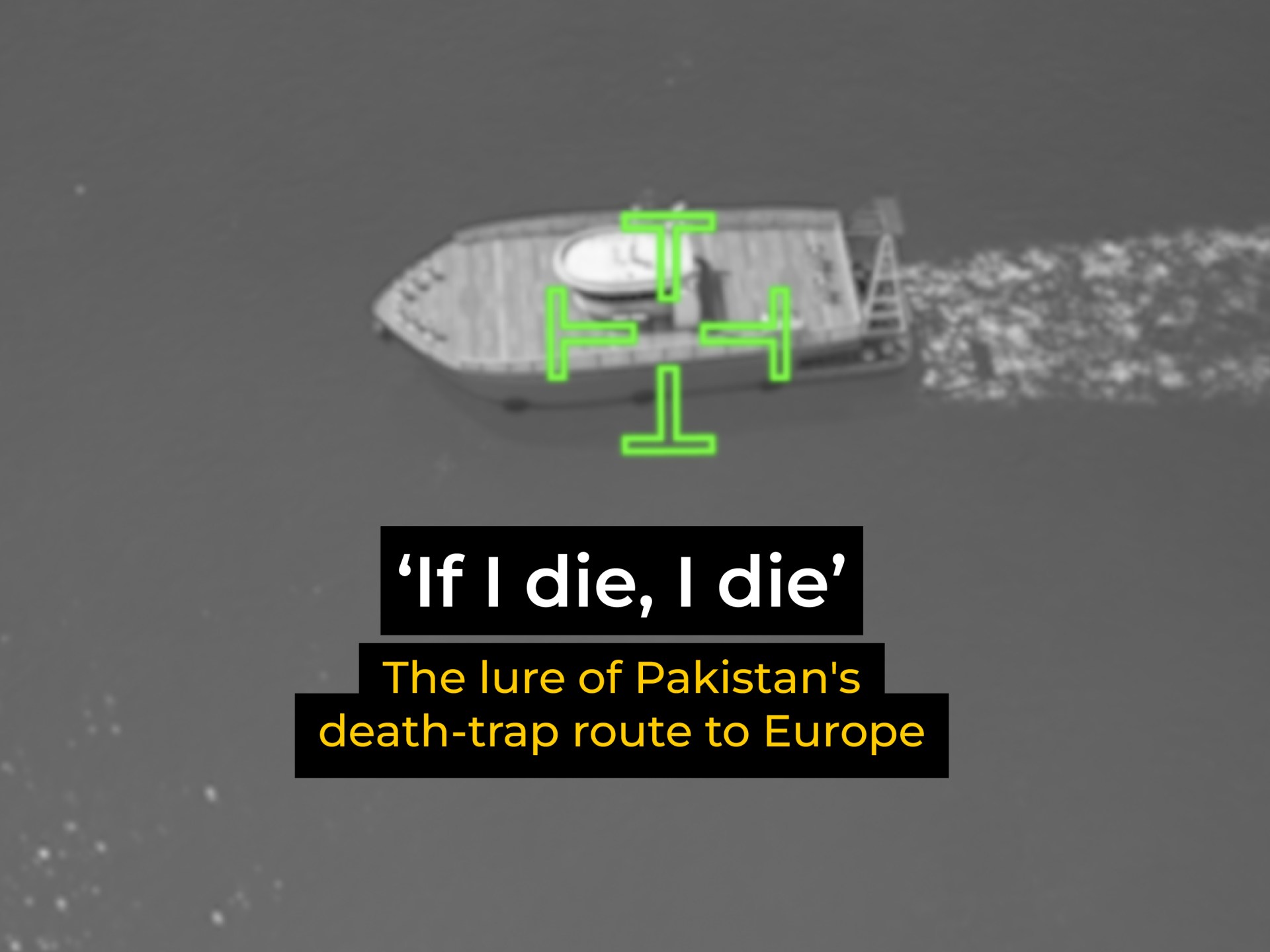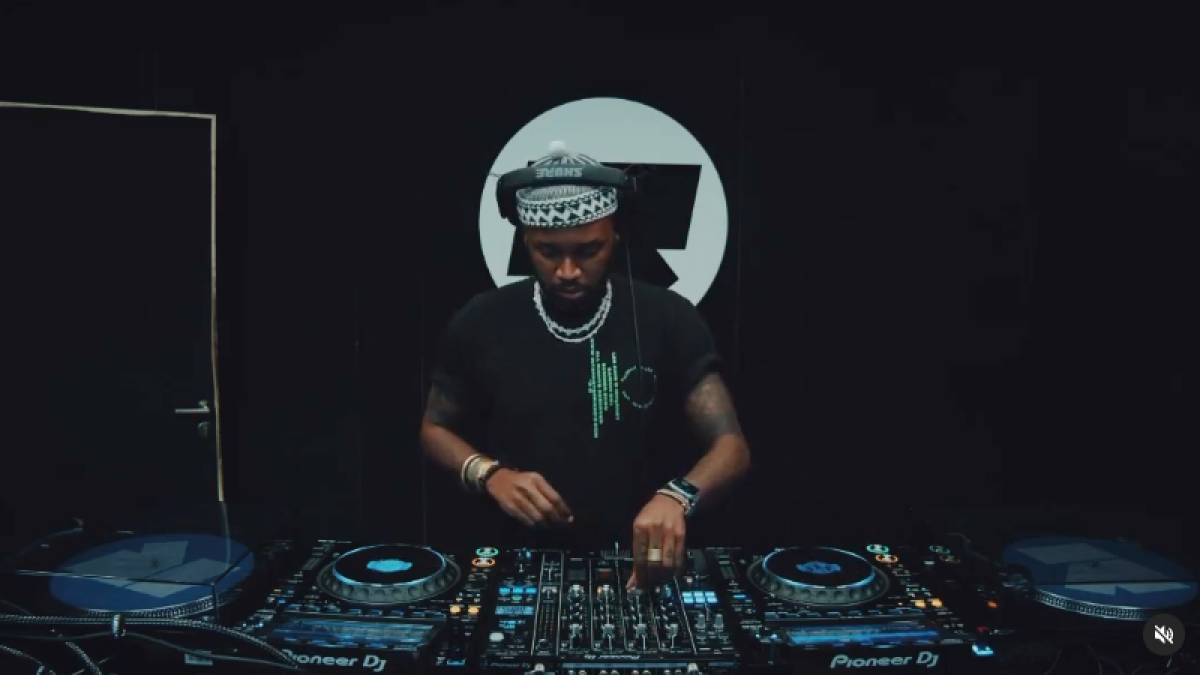Social networks (not in the Silicon Valley sense) ARE society
Society is a social network. Or more accurately, a social system, manifested through a network, with feedbacks, heuristics, sensing, learning (and forgetting), and interactions both with its external environment and internal components.
(I've been thinking this to death over the past few years.)
There are a lot of things that you can do to change a system, but if you change how it receives, processes, stores, retrieves, and most of all, transmits information, you change how it functions.
Want to cripple a man? You don't need to destroy his muscle or his brain, but only cut, or disable, or disrupt the nerve connecting the two.
Our information-technological social networks -- Facebook and Twitter, but also the telephone system, mail, radio and television, publishing, books, billboards, etc. -- have a whole slew of different characteristics, as I mentioned in my earlier post. And their impacts and influences on society are a direct consequence of those characteristics.
I haven't built out the comparison matrix yet, but I can think of a few elements.
Where communications are slow and analogue -- a messenger on foot or horseback, with a message committed to memory, and for which it might take days, or months, to traverse a territory -- the role of moral and behavioural frameworks is huge. I've been thinking for a while that it's no coincidence that every large pre-industrial empire had a major religious component to it. The forms of those religions varied massively (polytheistic/animistic, monotheistic, meditative, ancestor-worship, ritualistic), but the end result was largely similar: social behaviours as a whole were predictable.
As communications increased in speed, or in reliability, there's a shift. Written messages, which don't fade or forget, printed, which are reliably reproduced in mass, high-speed printing, enabling rapid dissemination of new development -- news. Visual reproduction or capture, woodcuts, etchings, photography, cinema, and audio in the form of phonograph, telephone, radio, tape, and digital records, create the ability for someone remote to receive a detailed record (or the appearance of one) of what is elsewhere.
Of mass reproduction, the three most-reproduced works in history are the Bible, the Sayings of Chairman Mao, and the Koran. Reproductions number in the billions. All are propaganda pieces. I find this significant.
Facebook dwarfs each of them, daily. The most viewed icon in world history is a blue F. Or, possibly, the Google Chrome symbol.
I'm coming to believe that increases in communications technologies result in decreased societal trust. If you cannot check up on somebody or some thing, you have to rely on trust that it is behaving as intended. If you can check on it, either periodically or in real time, you are freed from that reliance on trust, but in response, social institutions no longer need to foster and build that trust, and over time, begin to decay.
Information, Signals, Recordings, Space, and Time
Claud Shannon in his paper on information theory I think (need to re-read that) distinguishes between two forms of message propagation. There are signals which move through space, and there are recordings which move through time.
("Information theory" is really a misnomer, I think, the field should be called "signal theory", to distinguish the transmission of encodings of meaning (information) for meaning itself.)
So we get one major division of communications systems: those which transmit signals and those which store recordings. There's some overlap, but you can usually find a fairly sharp and clear distinction between these.
Speech is a signal, writing is a recording. Telephony is a signal technology, phonography is a recording technology. There are cases in which the two elements are closely married: cinema combines recording (sequential film capture) with transmission (projection onto a screen), similarly television (video to tape recording, transmitter to receiver transmission), radio (via audio tape or other media), etc. In computers, the switch between in-flight and stored information happens extremely rapidly, with signals moving across wires, ports, cables, wireless media, etc., between disk, memory, cache, buffer, tape, optical, and other storage systems, but the two modes are still present if you look hard enough.
Sender-Receiver Relations
At the social level, you can divide many information technologies also by the sender-receiver relations:
- 1:1 One-on-one
- 1:n One to many
- n:1 Many to one
- n:m Many to many
For completeness, there are also null cases: 0:0, 0:1, 1:0, n:0, 0:n. These exist, and can be interesting, though they're largely not highly significant to this discussion.
We can also classify n and m as small, medium, or large, or perhaps by log(10) scales, at least roughly, with some fairly sharp transition points. 1, 10, 100, 1,000, ... 1,000,000 ... 1,000,000,000 ...
Then there's the question of bidirectionality (true or false), and interactivity or latency.
Applying this.
Speech is interactive and low-latency, but doesn't extend far (without amplification, channelling, or other means). It operates in 1:1 to 1:n and n:m modes, for small values of n and m. Conversations as such scale poorly past about 4 members, after which you start getting to a broadcast format, with varying levels of interaction between speaker (or speakers) and audience.
Writing is noninteractive and high latency but durable. It can be carried far, in both time and space. It is reproducible, and can be reproduced with high accuracy. It trades fidelity (tone of voice, accent, pauses, inflection, non-verbal cues) for compactness and transmissibility.
Printing is an amplification of writing. It tends to operate in broadcast modes, though you can have smaller-scale elements.
Writing and printing both rely on a social infrastructure of literacy or barring that readers or presenters who can express or encode from and to written form: scribes. (The original modems.)
Telegraphy, a store-and-forward system, combines both transmission and storage (the original telegraph patent required a message-recording capability). Other than a very few exceptionally low-bandwidth visual signalling systems (signal fires, optical telegraphs, semaphores) and lightweight messaging protocols (passenger pigeons), this was the first time any message could travel more than a few words or miles per hour beyond immediate audible or visual range. Within a few years of its invention (1835), telegraphs crossed countries and continents, within a few decades, oceans. Information had never moved further, faster, and it was absolutely revolutionary.
It changed how people wrote and talked. If you look at writing, personal or business, BT and AT (before and after telegraph), they are completely different. BT writing is ornate, flowery, deferential, ornate, obsequious. AT writing is terse, direct, blunt, and structured. I suspect two reasons:
Volume cost too much, literally. A telegram could cost several dollars for ten words, when a dollar was 10-20x its value today.
The volume of messages was increasing to the point that readers simply didn't have the time to plough through, and decode, the ornate speech of earlier times. Get to the point, and stick to the format.
Mark Twain, the first modern American writer, was a former newspaperman with much familiarity of telegraphs and wire copy.
There's a literature of this, particularly JoAnne Yates and James Beniger, on the evolution of business writing and communications.
The telephone offered person-to-person long-distance communication (where "long distance" meant beyond the walls of one's own house or office). The first p2p realtime network. Again, expensive, but revolutionary.
Phonography and cinema allowed a large listenership to hear, or see, performances, on demand. They functioned much as books do, but with the fidelity of audio and visual channels.
Radio and television broadcast an identical message to a large audience -- an entire city, later across countries and continents. It was possible to instill a mass message in realtime, but in a one-way transmission. Initially this was live -- what the audience heard over their radio or saw on television was being performed in a studio simultaneously. The invention of high-fidelity audio tape by Germany during WWII was a military-grade secret technology, and bamboozled Allied signals intelligence as it enabled Adolf Hitler to give speeches of apparently live-quality across all of Germany, or at times when he was located elsewhere. Development of the hi-fi industry in the U.S. after the war was supported in large part by military and intelligence agencies.
And broadcast media played a huge role in the emergence of fascism in Italy and Germany, as well as similar developments in the US -- Father Caughlin, Joseph McCarthy, and other demagogues, including those of the present time.
Following the invention of television itself, we've seen further developments which (OK, I've written way too much already), I'll just list out briefly: Color television, cable networks, FM radio, ham and citizens-band radio, talk radio, 800 WATS lines, dial-up remote computer systems, BBS systems, terminal-based computing, email / Usenet, increasing digital storage capacities, the Internet, Web, and mobile computing, high-definition video.
I'd break these into categories of fidelity, distribution, access, interactivity, storage, capacity, cost, bandwidth, latency, and total availability, with advances affording one or more of these.
Each changed behaviours, some more than others. And you can point to each of these and identify an age (TV age, radio age, ...), culture, commercial development, or political development, associated with them. Media and culture are interdependent and each influences the other.
(Also, to be clear, this is not stuff I studied in school, though I increasingly wish I had. This has been my ongoing research of the past few years.)
Preexisting Social Analogues to Digital Social Networks
The question was asked "what already existing social institution is the closest analogy to digital social network platforms". I think you're right to think of transportation systems, and a dense set of roadways between a closely-spaced set of cities is probably a good analogy. There is lot of commerce and interchange, there is commercial, individual, institutional, and governmental traffic. There is positive and negative activity. There are unintended consequences. Roads bring plauges as well as commerce. Kyle Harper's The Fate of Rome explores the co-evolution of disease and the Roman empire, shaped by its cities, geography, culture, and very, very much its transport and commerce systems, fascinating read.
You might also want to look at nonhuman systems -- interactions between different species in ecosystems, for example. Information traveling within and between different populations, at different speeds, again, sometimes to mutual benefit, or with predator-prey, host-parasite, symbiotic, and other relationships.
The biggest differences of digital networks are scale and speed. There's more information, moving faster. This in itself is disruptive, and dominates much else. The limiting factor is no longer bandwidth or storage capacity but attention and individual and social processing ability.
(Again: not new ideas -- Herbert Simon had realised this by the 1960s, Arthur Toffler's Future Shock explores the concept in depth as of 1974. But I've only just been realising the absolutely massive impacts.)
Grief and Worldview Failure
I'll toss one other bit into the mix: grief is not about loss, at least not in the sense that we're used to thinking about it, but of a challenge or destruction of our worldview. That is, it's when our model of the world is disrupted, we grieve.
The loss of a loved one, or news of our own impending death from a terminal illness (the subject from which the Kübler-Ross model was derived) fits this because the world to which we'd become accustomed has suddenly changed. A loved one -- parent, partner, child -- dying affects us deeply because there is so much attached to them in our worldview.
The loss of a job, or relationship, or a pet, affects us similarly.
But there are other ways for worldviews to be challenged.
We may lose (or gain) a faith in religion or God. We may find a long-held scientific belief is invalid. We may find some ideological construct -- the efficiency of free markets, the goodness of strangers, the badness of some other -- race, religion, other side of the tracks -- is invalid. Our worldview is changed.
There are less drastic forms of this as well. A favourite coffee cup breaks, we need to give up a car. We encounter somebody in a space we thought was empty. Being surprised, startled, disappointed, or even amused, by something unexpected, is, I think, an example of an emotional response at the low end of the grief continuum. Sadness, anger, annoyance, and irritation may fit in there as well.
These are all individual responses.
And we go through these at various points in life, sometimes at well-established points, sometimes not. We have rituals for major life events: birth, baptism, starting or graduating from school, marriage. All are hugely disruptive, but the ceremonies involved help carry us through the transitions.
There are unscheduled events as well, some have institutional support, others don't. Death offers funerals, but there's no established social ritual for divorce, or job loss, or macular degeneration, or a parent going senile. "They suffer alone" is the common refrain. Or in small groups.
Those can be bitter personal tragedies.
But what happens when societies grieve?
Again, there are some cases which are well-supported. A royal funeral or coronation. Elections, with their winners and losers. Inaugurations.
But what of a society which discovers as a whole that its beliefs, institutions, myths, are hollow? That its gods, or God, has died?
The tragedy of the RMS Titanic created a fantastic film. No, not David Cameron's, but a 1950s version, A Night to Remember. I'd heard of it long ago but only saw it within the past few years. One way of viewing it was the propagation of an understanding that a worldview had failed, through the crew and passengers of what's now an archetypal doomed ship. The first to realise are the ship's own architect and captain, not only that Titanic will sink, but that at least a thousand souls will die, despite anything they do. As the film progresses, others of the crew and passengers are faced with the reality. Some accept it, some deny it, some ignore it. But reality has a way of imposing itself, and eventually does.
What scares me about the present, is that I think we're going through two huge transitions. One is the information revolution I'd been talking about for ... the first way-too-long part of this post. The second is a breakdown of ... damned near everything. Our political systems, our economic beliefs, our understanding of humanity's place and role in the world and ecosystem, our 250 year myth of unlimited growth, of technology, of perfectibility.
And whilst we're not all realising this at precisely the same moment, it seems we're becoming increasingly aware of these breakdowns, and grieving, at the same time the sensing, feedback, storage, processing, and communications component of our social system is being completely rewired. Literally.
And that scares me a little.
Adapted from a G+ comment. There's a bit on information systems and platforms that it's referring to, though most of this should stand on its own. I'm planning on publishing the parent post after cleaning it up a bit.
#longform
#information
#systems
#media
#grief
#worldview
#socialNetworks
#society






